
Santa Fe Super Fleet Virtually anyone these days with an interest in the industry knows what the term Super Fleet means. It’s the iconic red-and-silver warbonnet paint scheme worn by new Santa Fe locomotives during the twilight of the company’s existence. First applied to a Santa Fe locomotive in the late 1930s, the design graced […]
Read More…
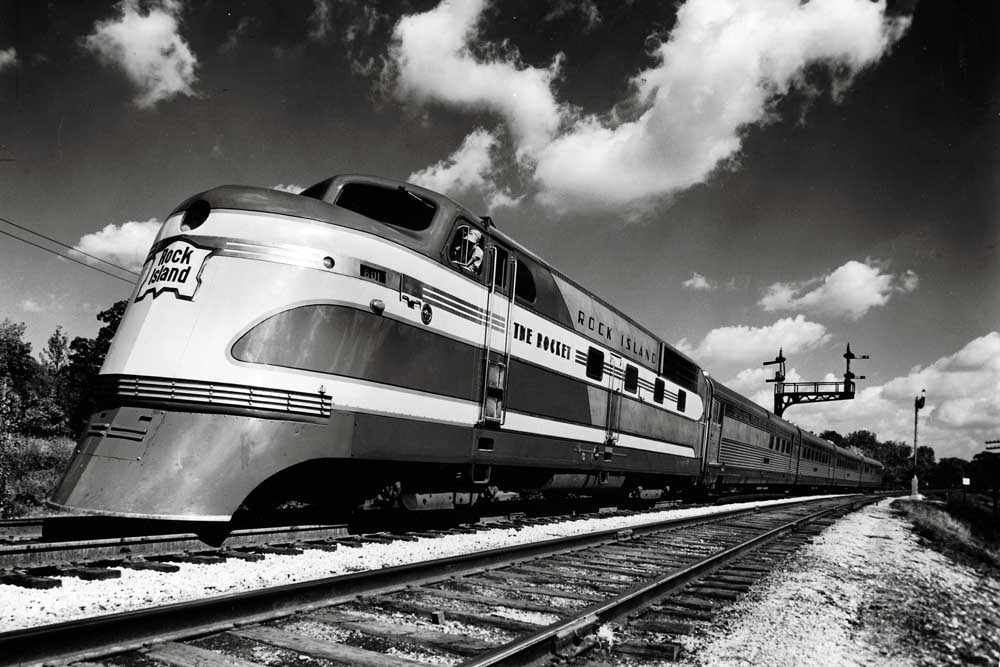
The EMC TA diesel locomotive was an early passenger diesel and a Rock Island oddity. If it looks and sounds like an early EMC E-series streamlined diesel passenger locomotive, there is a good chance it is. But don’t bet the family farm. The locomotive in question is the EMC TA diesel, a […]
Read More…
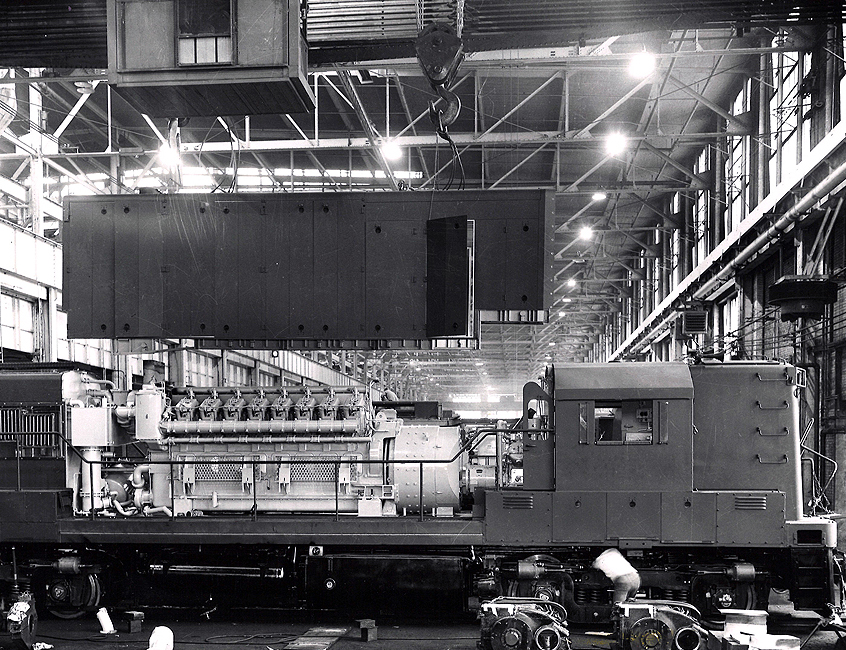
The top 3 diesel prime movers will be instantly recognizable to long-time readers of Trains Magazine and its Locomotive special issues. But where do they rank? Well, that’s Mike Iden’s call. Iden spoke with Trains.com in June 2022 to assess his choice for the top spots. Here’s an edited version of that conversation. Top diesel […]
Read More…
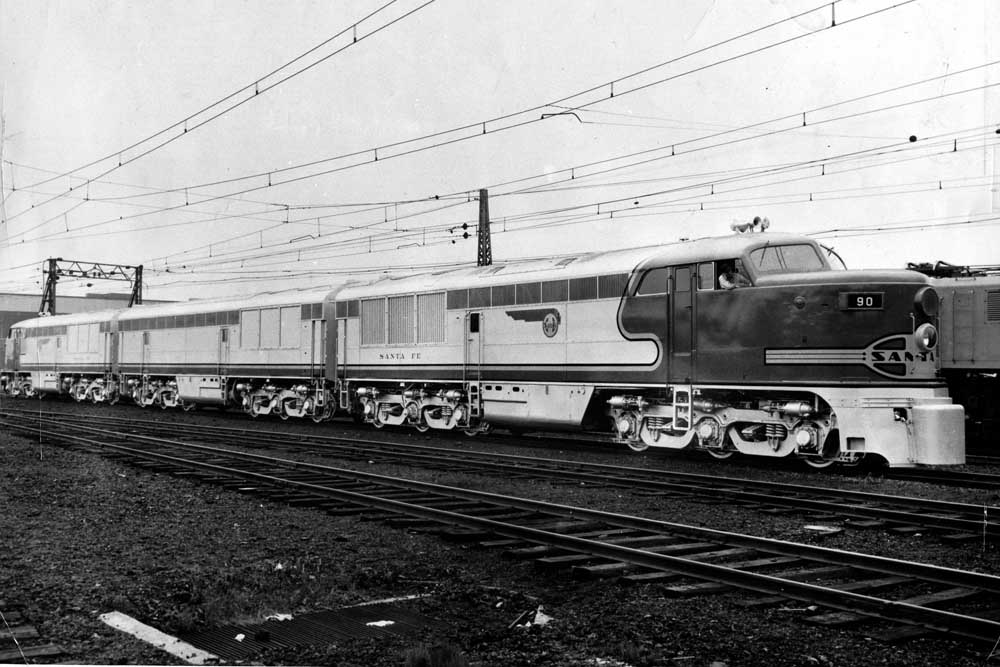
Fairbanks-Morse’ distinctive Erie-Built diesel locomotives were the builder’s entry into the six-axle passenger locomotive market. FM sold 111 total units between December 1945 and February 1949. They were the best-selling FM cab unit models; second place went to the CFA/CFB-16-4 “C-Liners” with 90 units sold. FM’s big Erie-Builts were named for being assembled […]
Read More…
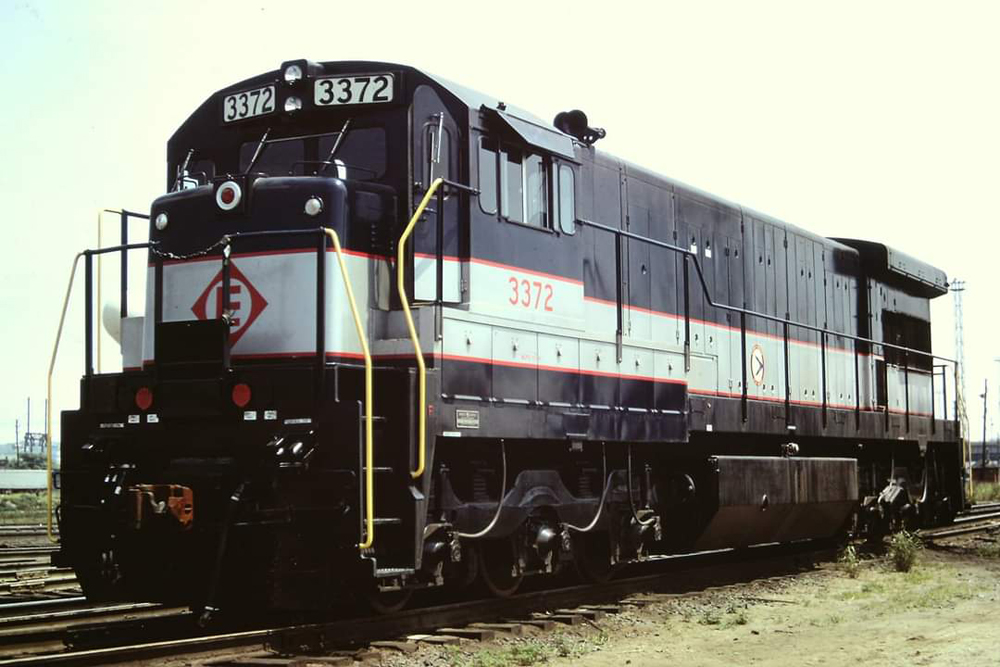
General Electric U34CH diesel locomotives helped modernize commuter rail operations in northern New Jersey in the early 1970s. A passenger version of the U36C, the U34CH was built between 1970 and 1973 for the New Jersey Department of Transportation as a commuter locomotive. The 32 units carried Nos. 3351-3382 and operated over Erie Lackawanna routes […]
Read More…
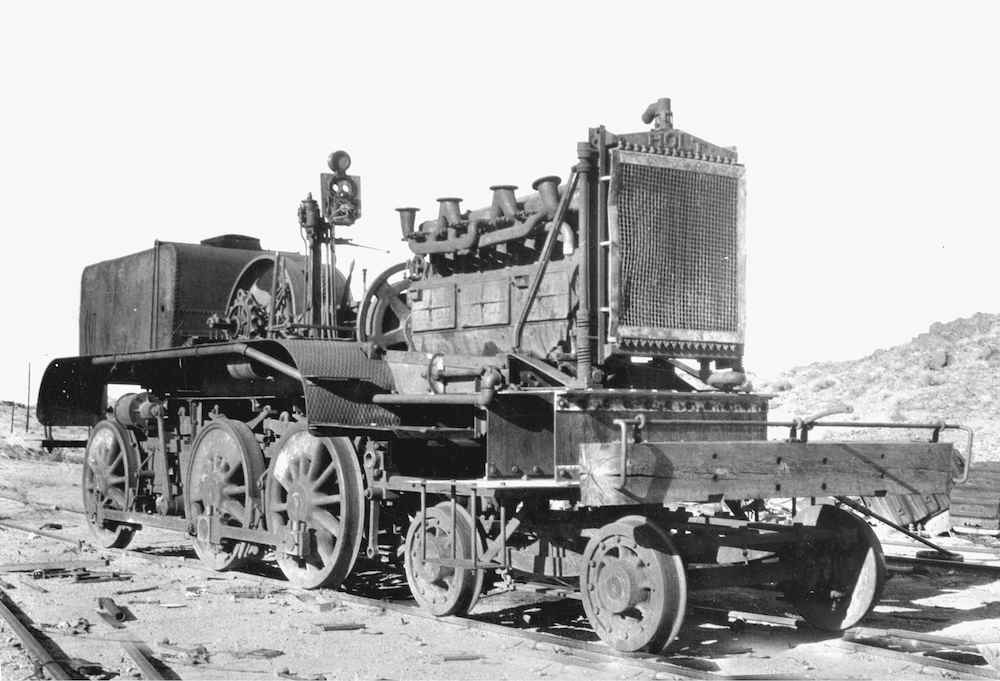
In seeking the oddest of oddball locomotives, today we will follow our compass to California’s Ludlow & Southern, one of many, many railroads past and present with the name of a city or a state and the addition of a compass direction. Think Kansas City Southern, Colorado & Southern, Arizona Central, Missouri Pacific, and Texas […]
Read More…
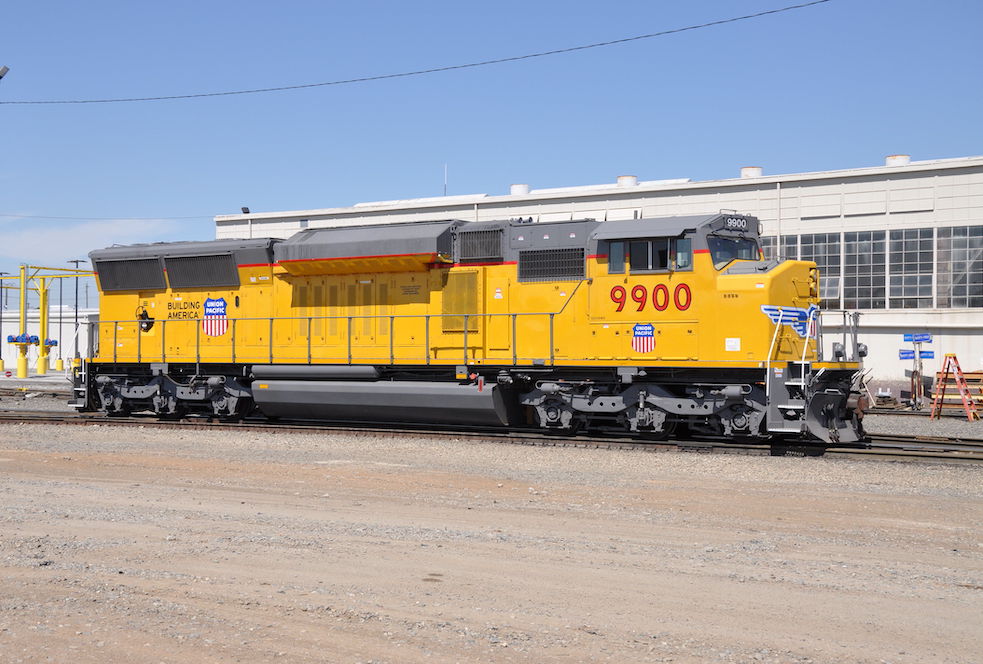
In need of reliable medium-horsepower six-axle road switchers, Union Pacific’s Mike Iden turned to Progress Rail’s EMD subsidiary to rebuild a batch of out-of-service EMD 3,800-hp SD60s into more modern 3,150-hp units with new prime movers for secondary road freights. Twenty-eight — Nos. 9900 to 9927 — were built in the late 2000s. Progress later […]
Read More…
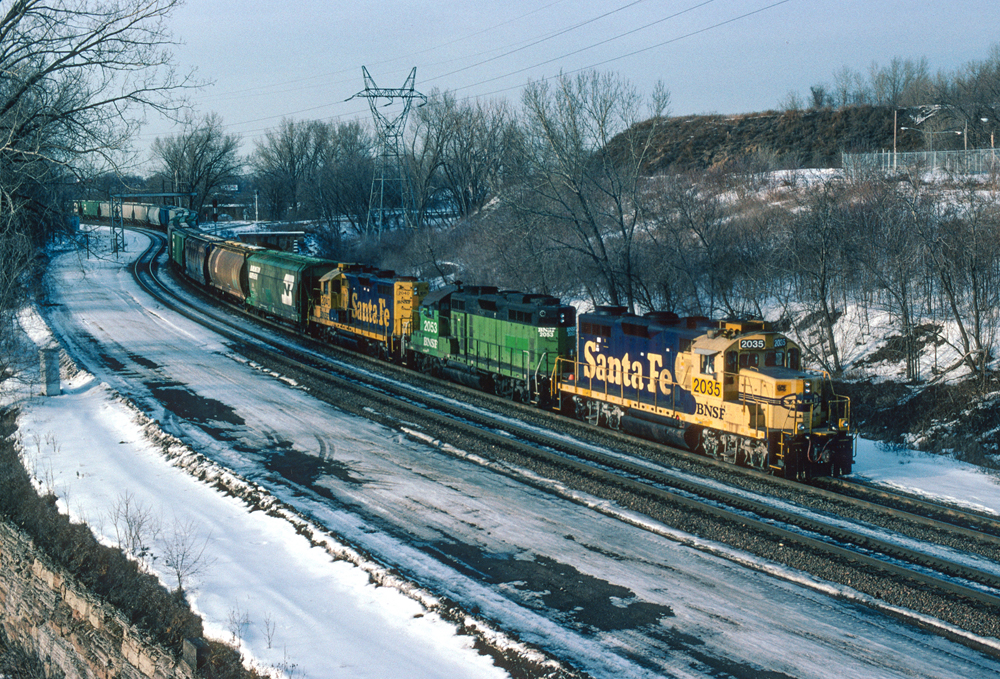
EMD’s GP20 Electro-Motive Division’s GP20 was the company’s first four-axle model to be fitted with a turbocharger, but its roots trace back to one of EMD’s customers, Union Pacific. Union Pacific began experimenting with several turbocharger models in the mid-1950s on a number of its GP9 and GP9Bs, creating the first GP20s in-house. As UP’s […]
Read More…
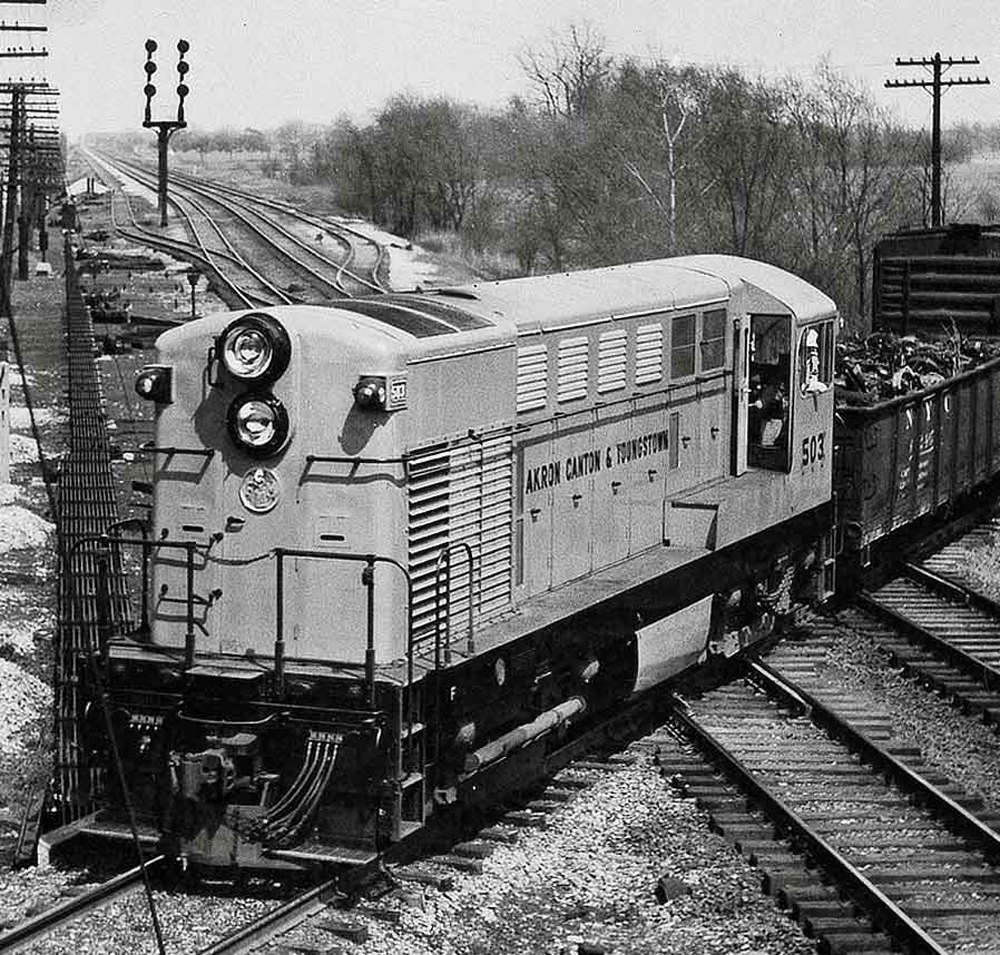
The Fairbanks-Morse H20-44 was another mid-century diesel that didn’t. FM’s first foray into the diesel road-switcher market was unconventional, to say the least. In 1947, instead of following the already traditional convention of a cab surrounded by a long and short hood, the Beloit, Wis., builder introduced the H20-44, and it looked like […]
Read More…
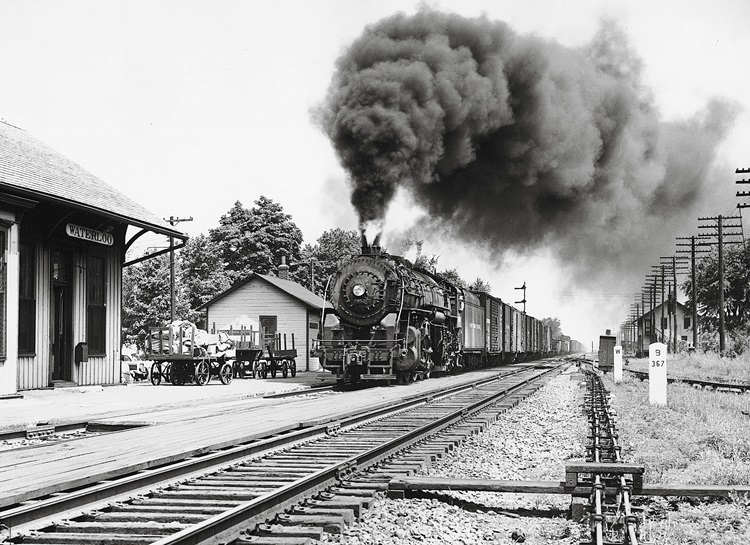
The New York Central 4-8-2 Mohawks were the ultimate dual-service steam locomotives. For some railroads in the steam era, it wasn’t enough to have success with a single example of a standard wheel arrangement. Instead, new competitive challenges and evolving technology often caused railroads to rethink a given locomotive class and turn it almost entirely […]
Read More…
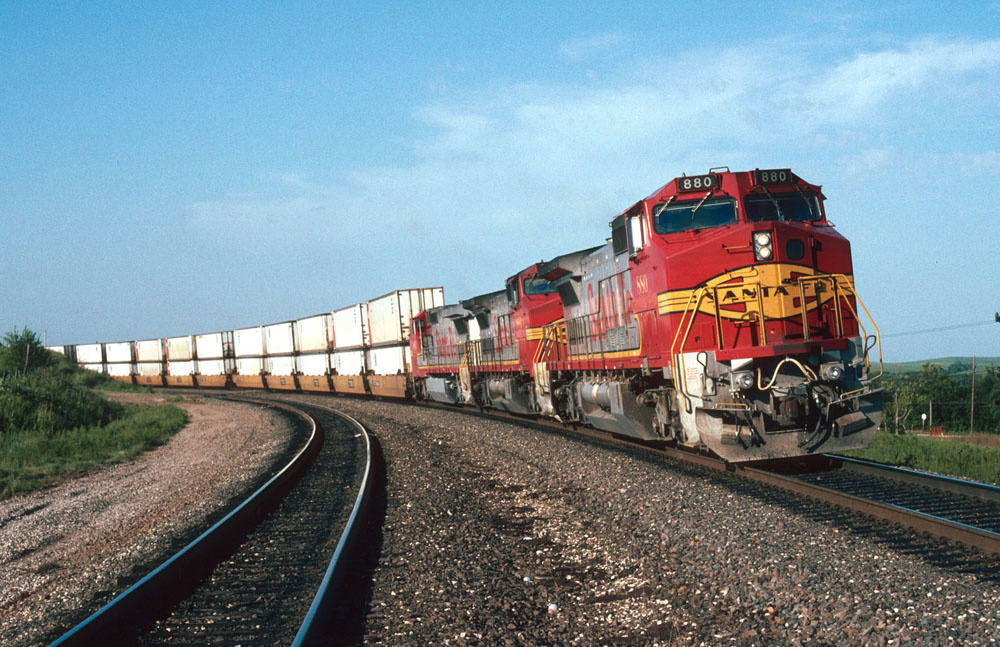
Locomotive schemes After publishing a list of paint schemes last month called “Five of the worst locomotive paint schemes,” I was asked what schemes from the 1980s to today I find attractive. This is my list, and it’s in no particular order. Some I was fortunate to experience in-person during their prime, while others I […]
Read More…
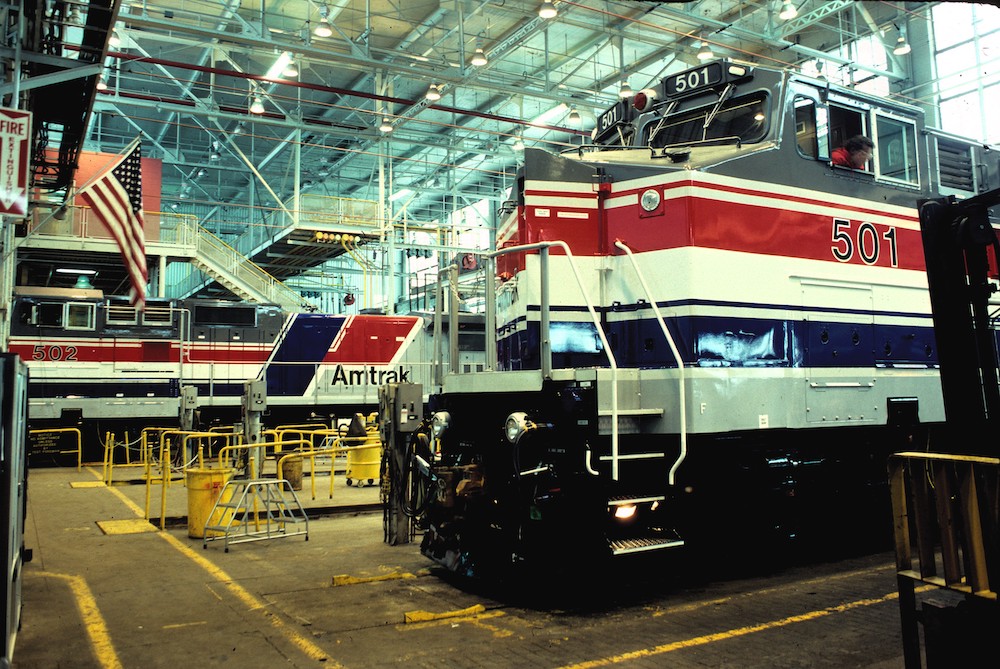
In the early 1990s, as the bulk of Amtrak’s EMD F40PH diesel fleet began nearing potential retirement age, the passenger carrier quietly began nosing around for potential replacements. After testing Electro Motive’s F69 AC traction prototypes, the company opted to explore a less-expensive option. To save money, Amtrak sought to modify an existing freight locomotive model […]
Read More…












